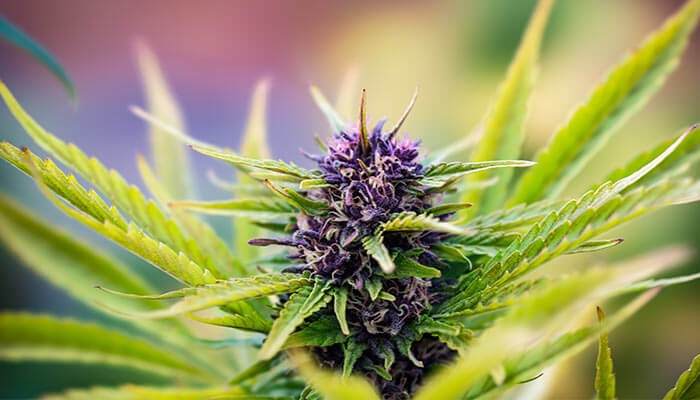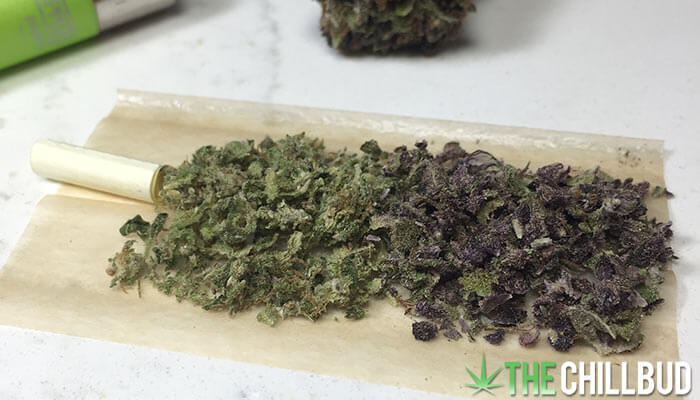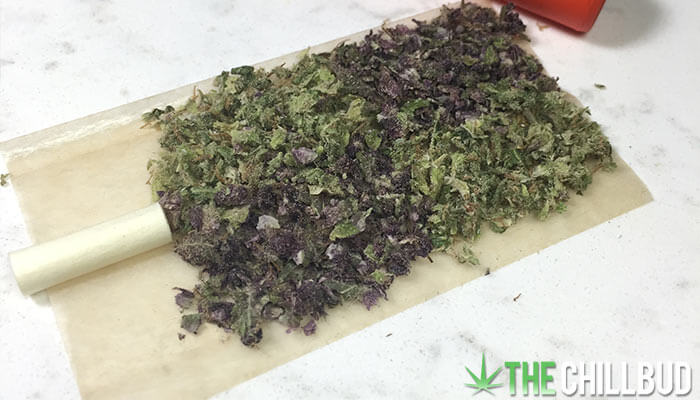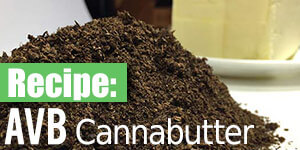Everyone knows that weed is green, which makes it extra special when you come across some vibrant purple bud. There’s all sorts of misinformation circulating with regards to why some cannabis plants turn purple and how you can manipulate your plants to give off a purple hue. We wanted to clear things up and explain what exactly is happening when a cannabis plant turns purple, and how you can influence your otherwise green cannabis plants to mature in shades of purple.

Why Is Some Cannabis Purple?
There are hundreds of water-soluble pigment molecules known as anthocyanins found in the cannabis plant. Anthocyanins are classified as flavonoids but have very little to do with the actual flavor of the bud; in fact they taste quite astringent.
All plants contain anthocyanins, and you can really see them in action when summer turns to fall. Pigment plays an important role in the plant’s health because it protects the plant from potentially harmful UV light and can even act as a camouflage or visual deterrent.
Genetics play a prominent role in determining the color of the cannabis flower. Thanks to decades of master growers fostering certain genetic traits we have a plethora of naturally purple cannabis strains to choose from. These strains will turn purple regardless of growing technique because it’s hardwired into their genetics. You could also call these strains anthocyanin-rich cannabis.
There are a few different techniques you can employ in order to ensure a purple yield regardless of the strain.

How To Turn Green Weed Purple
First off I’d like to say that the below techniques can negatively affect yield as well as potency. While it’s possible to influence your otherwise green cannabis to come out in various shades of purple, it’s recommended you grow a naturally purple strain if purple weed is what you’re looking for.
Temperature Fluctuation
By subjecting your cannabis plants to extreme temperature fluctuations during the flowering cycle you can encourage anthocyanin activity.
Temperature ranges should change with the light cycle, and you’re looking for ~30° F variance. If your daytime cycle temperature is around 80° F (27° C) then you’ll want ~50° F (10° C) temperatures at night.
Just like the trees that begin to turn from green to shades of yellow and orange during the cooler fall temperatures, you can achieve a similar effect with cannabis plants. Essentially tricking your plants into thinking it’s fall.
You’ll want to be careful not to fluctuate temperature too dramatically as it can kill your plants. Also note that colder temperatures can have a negative impact on the yield and potency of your harvest.
Nutrient Manipulation
By depriving your cannabis plants of certain nutrients you can influence the hues in the stems, leaves and buds.
Deficiencies in nitrogen or phosphorus can turn the stems purple. A sulfur deficiency will give the stems purple streaks.
Nutrient manipulation can make your green weed purple, but by depriving your plants of certain necessary nutrients you’re going to end up with a worse final product. Sure it might look nice and purple, but the yield and potency suffer.

The Takeaway
While it is possible to manipulate your cannabis grow to encourage a purple hue from your plants, it often comes at the detriment to the quality and yield of the plant.
If you’re interested in growing or buying purple cannabis then the best option is to choose strains that are naturally high in anthocyanins. We compiled a list of some of the most popular purple marijuana strains so you’ll know which strains to look out for.









